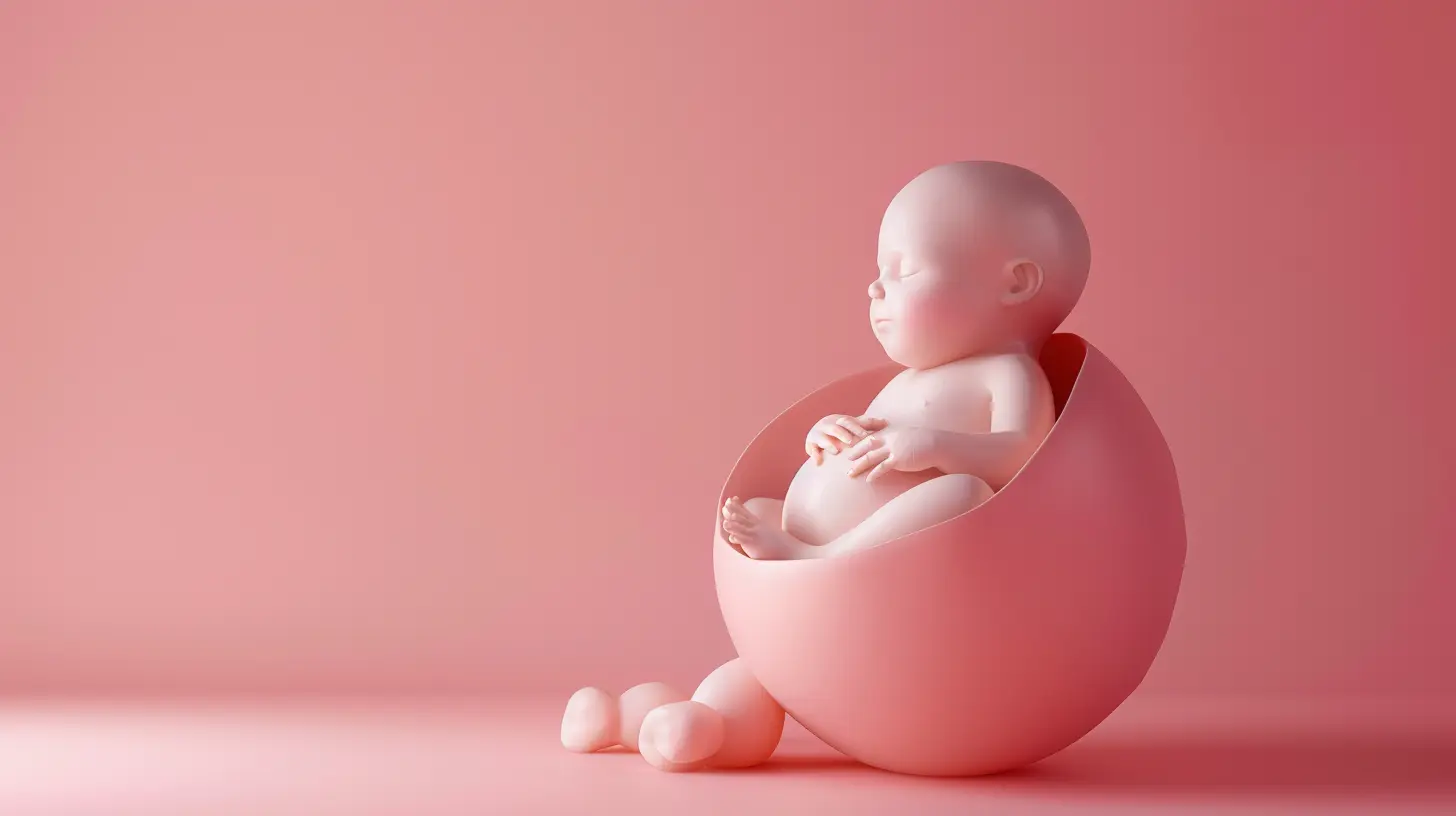How to Ease Postpartum Pelvic Pain for a Quicker Recovery
16 July 2025
Bringing a new life into the world is an incredible experience, but let's be honest—your body goes through a lot. If you're dealing with postpartum pelvic pain, you're not alone. Many new moms experience discomfort after childbirth, making daily tasks feel like a challenge. The good news? There are plenty of ways to ease the pain and speed up your recovery.
In this guide, we'll dive into what causes postpartum pelvic pain and, more importantly, how you can manage it effectively for a smoother healing journey.

Understanding Postpartum Pelvic Pain
After giving birth, your body needs time to heal. Postpartum pelvic pain happens because your pelvis went through immense pressure during pregnancy and childbirth. This discomfort can stem from several factors, including:- Hormonal shifts – Relaxin, the hormone that loosens your joints for delivery, can leave your pelvis feeling unstable.
- Weakened pelvic floor muscles – These muscles support your bladder, uterus, and rectum. After childbirth, they may feel weak or strained.
- C-section or vaginal birth trauma – Whether you had a C-section or vaginal delivery, your pelvis and surrounding tissues experienced stress.
- Diastasis recti – This condition, where abdominal muscles separate, can contribute to pelvic pain.
While some discomfort is normal, lingering or intense pain is something you should address for a smoother recovery.

Practical Ways to Relieve Postpartum Pelvic Pain
Now that we know why it happens, let's talk about the good stuff—relief! Here are some tried-and-true ways you can ease postpartum pelvic pain and help your body heal faster.
1. Prioritize Rest (But Keep Moving)
Your body just did something amazing, and it needs time to recover. Don’t be too hard on yourself—rest is essential. That said, complete inactivity can actually slow down healing.Try gentle movements like short walks around the house. This helps improve circulation and prevents stiffness. Just listen to your body and avoid overexertion.
2. Strengthen Your Pelvic Floor
Your pelvic floor muscles took a hit during pregnancy and childbirth. Strengthening them can reduce pain and prevent future issues like incontinence.One of the best exercises? Kegels!
Here’s how to do them:
1. Tighten your pelvic muscles (like you're stopping urine midstream).
2. Hold for 5 seconds, then relax for 5 seconds.
3. Repeat 10 times, at least 3 times a day.
If Kegels feel difficult or painful, consider working with a pelvic floor therapist for personalized guidance.
3. Use Heat and Ice Therapy
Both heat and cold therapy can bring relief. Use a warm compress or heating pad on your lower back and pelvis to improve blood flow and ease muscle tension.For swelling or sharp pain, try an ice pack wrapped in a cloth for 15-20 minutes a few times a day. This can reduce inflammation and numb discomfort.
4. Maintain Good Posture
Poor posture puts extra strain on your healing body. Whether you're sitting, standing, or breastfeeding, be mindful of how you're positioning yourself.- Sit with a straight back and avoid slouching.
- Use a cushion or rolled towel behind your lower back for support.
- When holding your baby, engage your core to avoid straining your pelvis.
5. Try Postpartum Support Garments
Sometimes, a little external support can make a world of difference. Postpartum belly wraps or pelvic support belts provide extra stability, helping to reduce strain and discomfort.Just make sure you're not relying on them too much—your muscles still need to regain strength naturally!
6. Do Gentle Stretches
Stretching can help relieve tightness and discomfort in your pelvic area. Try these gentle moves:- Child’s Pose – Sit back on your heels, stretch your arms forward, and breathe deeply.
- Pelvic Tilts – Lie on your back with knees bent, tighten your abs, and tilt your pelvis upward.
- Hip Bridges – Lie down, bend your knees, and lift your hips slowly while engaging your core.
These stretches promote flexibility and relaxation without putting too much strain on your body.
7. Stay Hydrated and Eat Nutrient-Rich Foods
Healing starts from within. Drink plenty of water and focus on foods that aid tissue repair, such as:- Protein-rich foods like eggs, fish, and lean meats
- Leafy greens packed with vitamins and minerals
- Omega-3-rich foods like salmon and walnuts
- Anti-inflammatory foods like turmeric and ginger
A well-balanced diet helps your body recover faster and keeps inflammation in check.
8. Consider Physical Therapy
If your pelvic pain persists or worsens, a specialist can help. Pelvic floor physical therapy focuses on strengthening the muscles that support your pelvis, improving mobility, and reducing pain.A therapist can also teach you the right techniques to move, stretch, and strengthen your body without causing more discomfort.
9. Manage Stress and Prioritize Self-Care
Stress can make physical pain feel more intense. With a newborn in the mix, it’s easy to put yourself last, but self-care is a must.Try relaxation techniques like:
- Deep breathing exercises
- Meditation or mindfulness
- Taking breaks when needed (seriously, ask for help!)
The calmer your body and mind, the better your healing process.
10. Don’t Hesitate to See Your Doctor
If your pelvic pain is severe, doesn’t improve, or interferes with daily life, reach out to your healthcare provider. In some cases, underlying issues may need medical treatment, such as infections, nerve problems, or musculoskeletal conditions.Your well-being matters, and there’s no shame in asking for help when you need it.

Final Thoughts
Postpartum pelvic pain is tough, but remember—your body is healing, and recovery takes time. By incorporating gentle movement, strengthening your pelvic floor, eating well, and seeking support when needed, you'll be on the right track to feeling like yourself again.Be patient, be kind to yourself, and don’t forget that you’re doing an amazing job. Your body worked hard to bring your baby into the world—now it's time to give it the care and attention it deserves.
all images in this post were generated using AI tools
Category:
Postpartum HealthAuthor:

Madeline Howard
Discussion
rate this article
2 comments
Cerys Rocha
You're doing amazing! Gentle movements and self-care will have you feeling better in no time!
November 23, 2025 at 6:05 AM
Melissa Ward
Empower your recovery journey; every small step counts!
July 26, 2025 at 3:16 PM

Madeline Howard
Thank you! Absolutely, every small step is vital in the recovery process.


